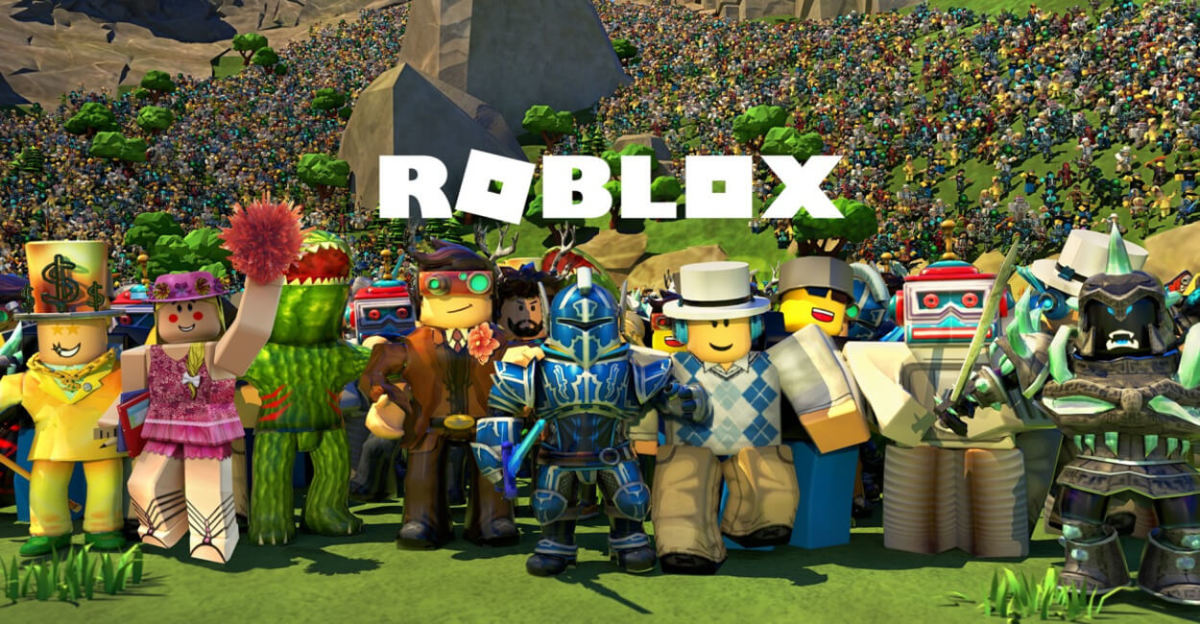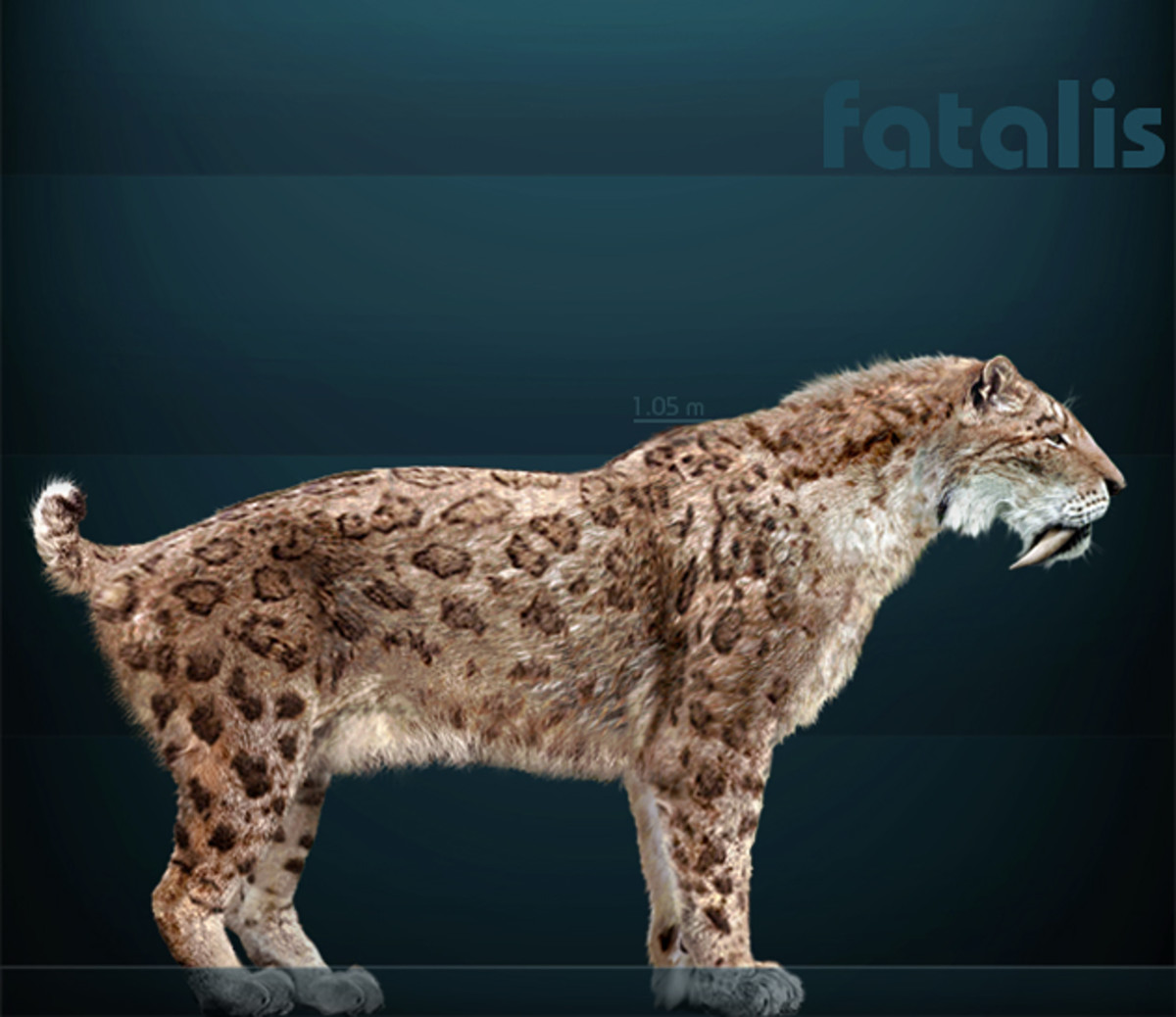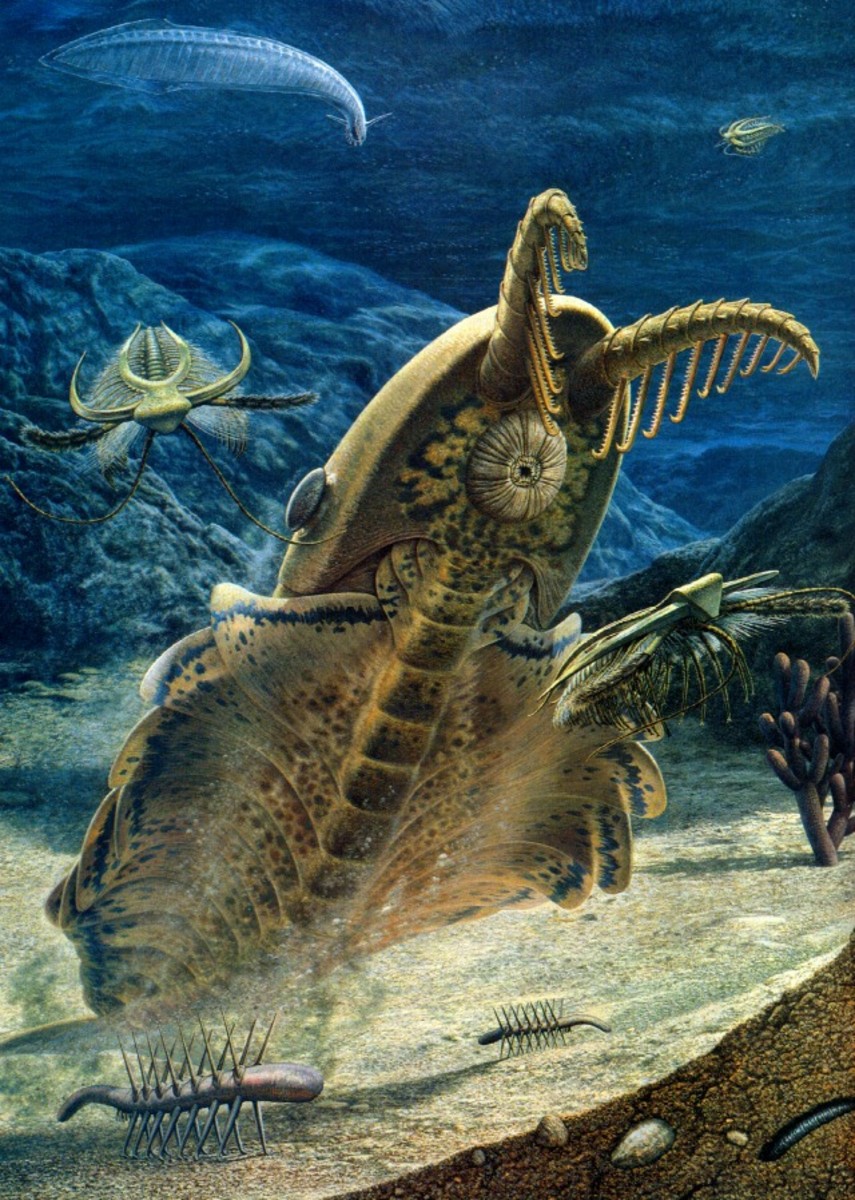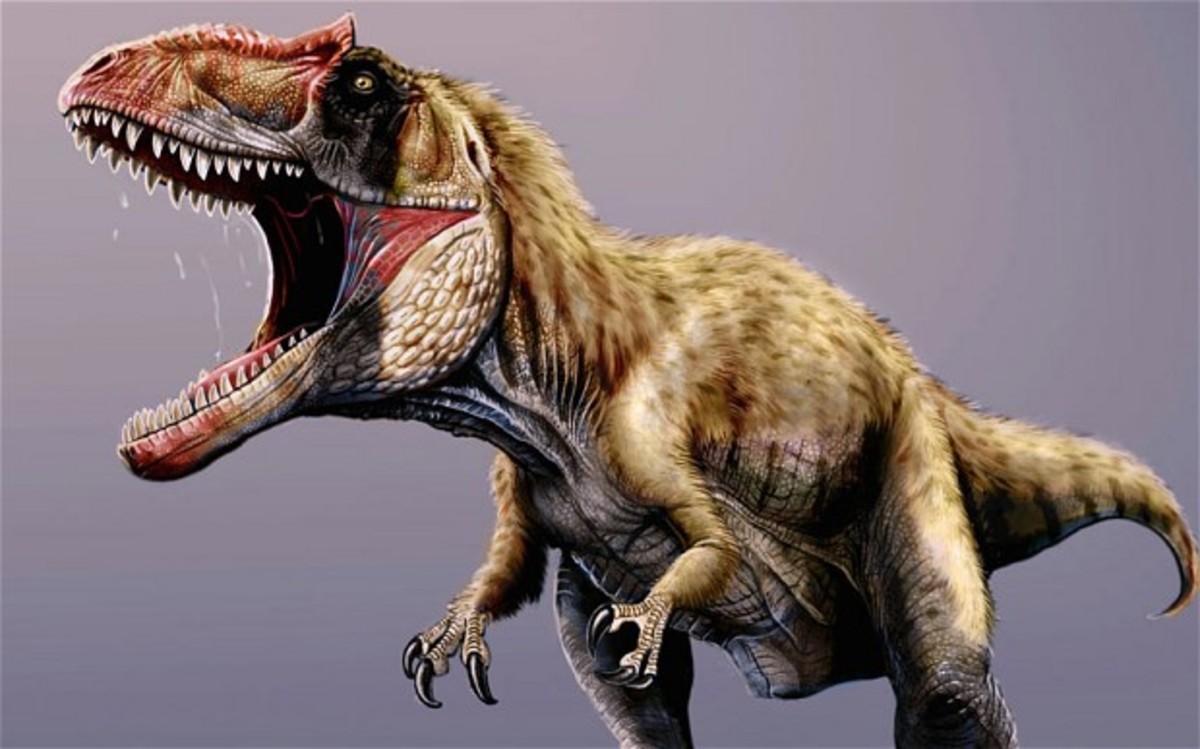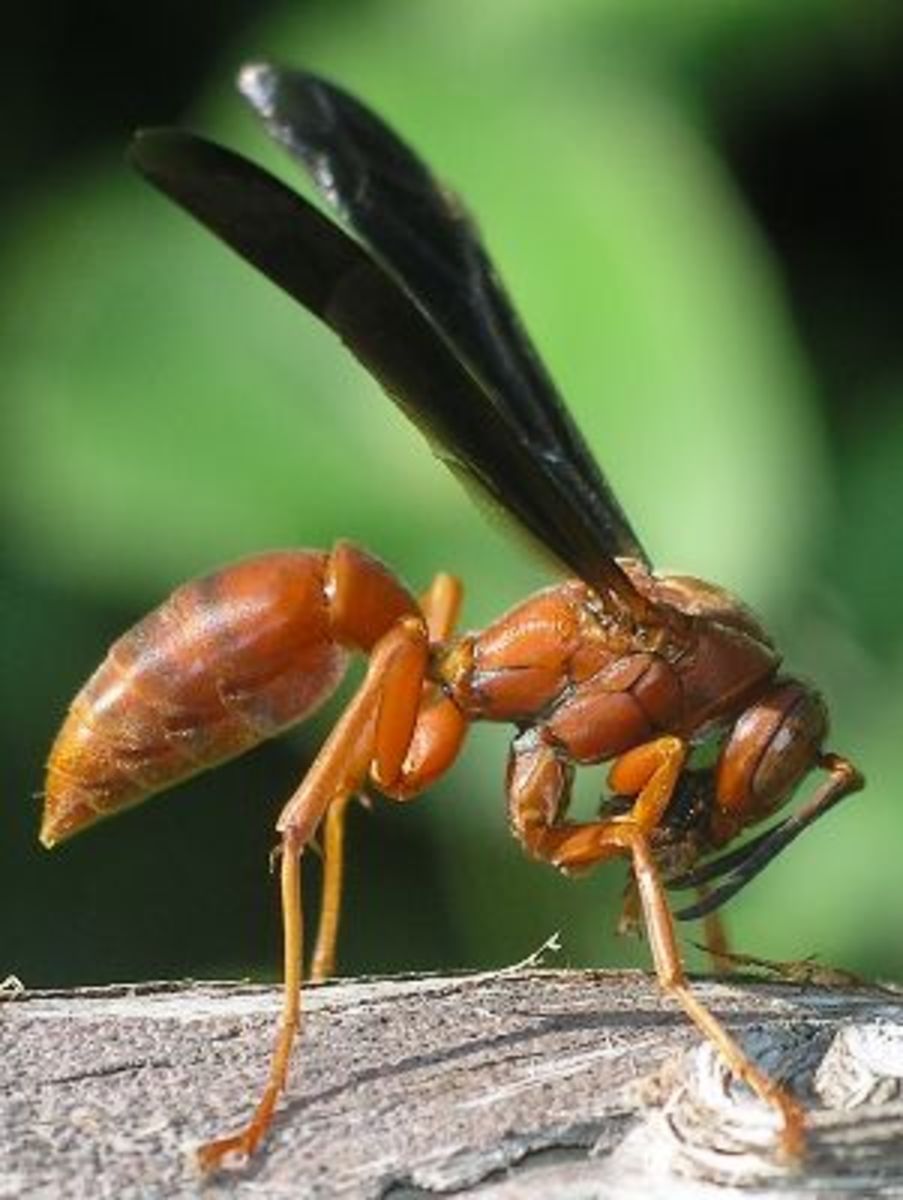- HubPages»
- Education and Science»
- Life Sciences»
- Entomology
Earth's First Civilisations: 100 Million Years BC
Introduction
We’re often told that the first civilisations only emerged on Earth within the last 10,000 years, but in a matter of fact, civilisations have been present here for 100 million years. But I’m not talking about some incredibly ancient human civilisation, or some mysterious alien civilisation, or even the notion that some intelligent species of dinosaur constructed a civilisation of their own. The civilisations that I’m talking about belong to insects in the form of wasps and their descendants, bees and ants. There are also termites, which are a totally different branch of life altogether, sharing a closer relationship with beetles. From these creatures new and more advanced social ways of living developed that became the prototype for all the other civilisations to come.
Pollen Harvest
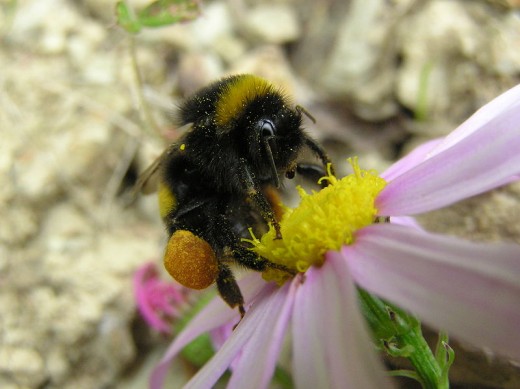
Learning the Language of Bees
Bees
Bees descended from wasps and emerged alongside the first flowers. They switched from dining on other insects as wasps still do, to a diet of pollen and nectar instead. There are about 20,000 different species of bee alive today. Some of these, including honeybees, bumblebees and sting-less bees form highly social groups that give us a fascinating insight into how nature’s civilisations work.
Eusocial creatures such as these, divide up jobs between themselves. They pass knowledge and learning on to the next generation, care deeply for their youngsters and even, in certain circumstances sacrifice their lives for the benefit of the group. Such characteristics were once thought to be wholly unique to humanity, but as any beekeeper will tell you, the parallels between their civilisation and ours is really quite eerie.
One notable difference between the two different civilisations is the gender of the ruler. When one looks at the history of human civilisation, they’ll find that most of the rulers were/and in many cases are still male. However, when it comes to bees, it’s a female who rules the roost. The queen is in overall command of a group of male drones, and thousands of sterile female workers. Bees communicate with each other using a language all of their own, a language of dance. When they return to their hives they dance to inform the others as to the whereabouts of good sources of food. The so called round dance means that good food is to be found within fifty metres of the hive. The waggle dance, which may be vertical or horizontal, provides more detail about both the distance and the direction of the located food source. Then there is the jerky dance used by the bees to decide whether to increase or decrease the quantity of food gathering that is required, this is of course depends on the hive’s overall requirements.
How A Bee Civilisation Defends Itself Against Giant Hornets
The First Ants
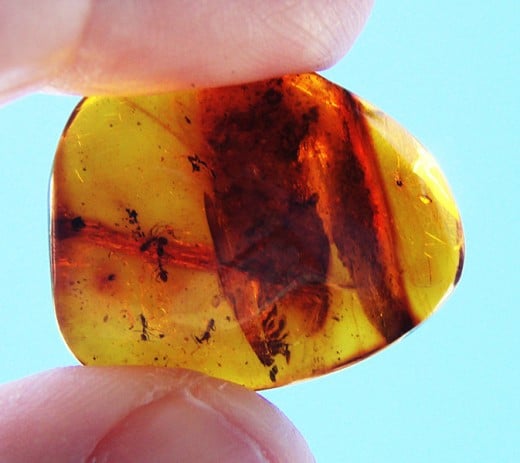
A Living Bridge
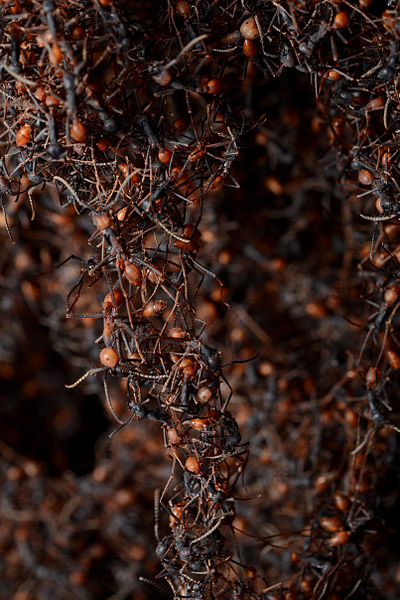
Ants
Ants belong to the same family as honeybees, and according to the fossil record, appeared some eighty million years ago. The evidence comes from a specimen that was found in trapped in fossilised tree sap, more commonly known as amber. Ant civilisations feature the first schools to appear on Earth, they also mark the beginnings of slavery and even a bizarre attempt at behaving like some kind of early computer. There are many similarities between ants’ nests and honeybees’ hives, but ants do not dance. Instead, they communicate through chemicals known as pheromones that other ants can smell. For example, when an ant finds food, it will leave a trail of scent along the ground all the way home, to lead others to it. The ant then finds its way back by memorising a certain landscape often using the position of the sun as a gauge. As other ants follow the same trail each one leaves more scent, until the food source is completely exhausted. Once the ants no longer leave a scent, the smell evaporates, and the trail is lost forever.
Ants’ smells say other things too. For example, if an ant gets squished, its dying present is to produce a smell that triggers an alarm to all other ants close by, which sends them all into a mad panic as they run around trying desperately trying to avoid the same fate.
Ants were the first creatures to evolve on Earth that are capable of actively teaching each other. When a young ant makes its first journey out of the nest an older ant will tutor it in the art of finding and fetching food. These tutors slow down to allow the pupil to catch up, and speed up when it draws close (this behaviour has been observed closely in a species called Temnonthorax albipennis). They have even been known to link together over gaps to form an unbreakable chain, allowing other ants to cross streams of water, like an army with its own living pontoon bridge.
When Ants Go On The Attack
How Ants Create A Living Lifeboat
Termite Skyscrapers
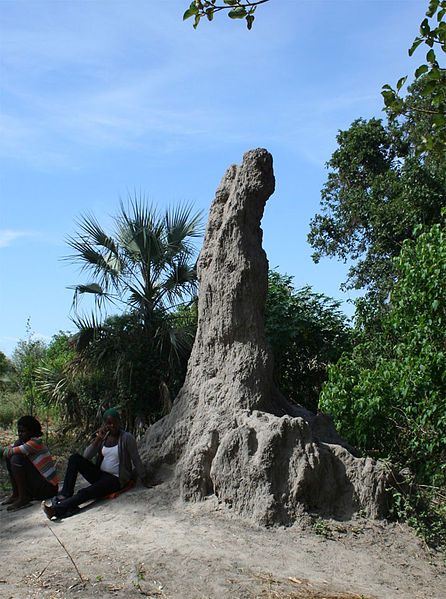
Soldiers Of The Colony
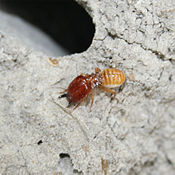
Termites
Termites evolved alongside the dinosaurs during the Jurassic Period, with some fossilised nests thought to date back as far as 200 million years. By the dawn of the Cretaceous Period (145 million years ago) fossil remains of both termites and their nests begin to increase in number. These remarkable creatures can create the biggest micro-cities of all, with several million individuals living in just one colony. Like bees and ants, the termites’ nest is a monarchy, but this time the colony is ruled by a king with one or more queens by his side. A pregnant queen can lay several thousand eggs a day, growing extremely large in the process, sometimes exceeding 2 inches in length. When a queen reaches such an astronomical size, she becomes totally immobile and if she requires more space then thousands of worker termites heave her up and push her to a newly built chamber. In return she rewards them with a special form of milk.
Termite civilisations show high levels of collective intelligence. Compass termites build tall nests that point north to south, to help drive air currents through their elaborate network of tunnels. Temperature control is vital for the maintenance of their growing gardens of fruiting fungi.
The story of civilised insects is largely ignored whenever the story of Earth and its life is told, but their civilisations have endured for millions of years, and will likely outlast even the most robust of ours. Their worlds go on around us, with very important consequences for us. Some insect civilisations fall under the control of mankind; for example, bees pollinate our orchards and make us honey. They can however, also cause us great annoyance and distress. Whatever reputation these creatures enjoy, it’s important to realise that their powers of organisation, intelligence and self sacrifice for the greater good of their civilisation are the very hallmarks that we humans consider civilised behaviour, and let’s not forget, without the presence of these mighty arthropod cities, our lives wouldn't be possible.


